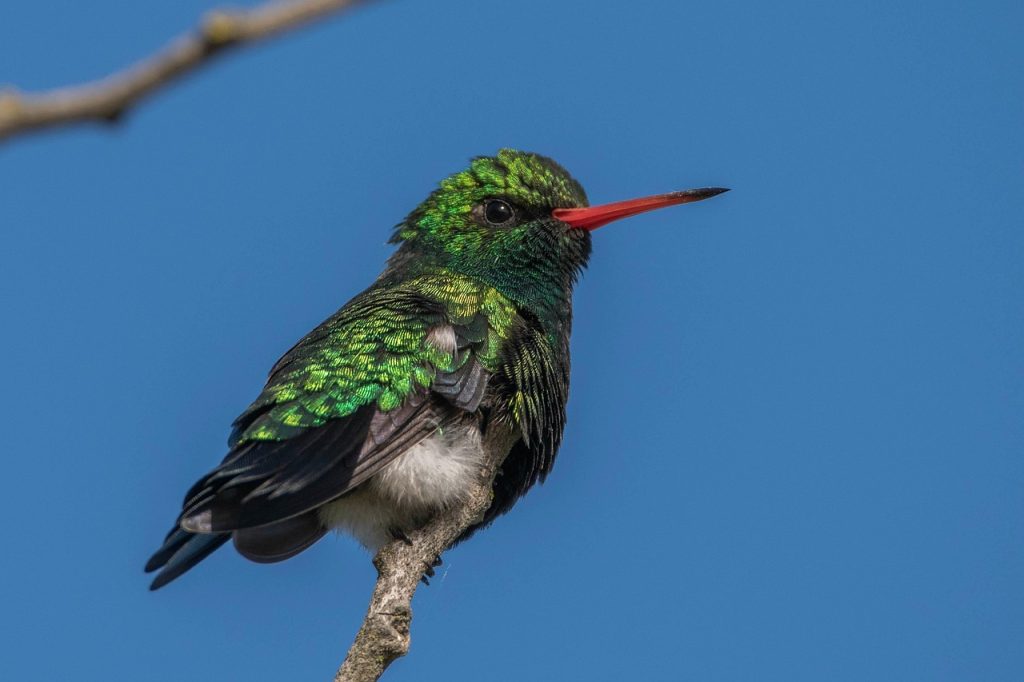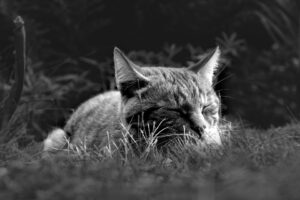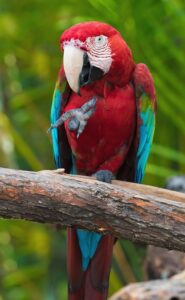
Birds are among the most captivating creatures on Earth, admired for their vibrant plumage, melodic songs, and remarkable ability to fly. One of the essential processes in a bird’s life cycle is molting, a complex and fascinating phenomenon. Molting is the shedding and regrowth of feathers, a process crucial for maintaining the health and functionality of a bird’s plumage. This article delves into the intricacies of bird molting, uncovering facts that highlight the marvels of avian biology.
The Purpose and Importance of Molting
Molting serves several critical purposes for birds. First and foremost, it helps maintain the integrity of their plumage. Feathers, like any other biological material, are subject to wear and tear from environmental exposure, such as UV radiation, wind, and rain. Molting allows birds to replace damaged or worn feathers with new ones, ensuring they remain aerodynamically efficient and insulated.
Additionally, molting plays a role in seasonal adaptation. Many species undergo a change in plumage color to blend with their environment or to prepare for breeding. For instance, the Arctic Tern dons a pristine white plumage during winter and shifts to a more colorful appearance in the breeding season. This adaptive molting is vital for survival and reproductive success.
The Molting Process: How It Works
Molting is a highly regulated process controlled by hormonal changes. It typically occurs annually, although the frequency and timing can vary among species. The process begins with the gradual shedding of old feathers, often in a specific sequence to ensure that birds maintain their ability to fly.
The molting pattern can be symmetrical or asymmetrical, depending on the species. Symmetrical molting involves the simultaneous shedding of corresponding feathers on both sides of the body, maintaining balance and flight capability. Asymmetrical molting, on the other hand, occurs when feathers are lost at different times, which can occasionally hinder flight but is often compensated by the bird’s behavior and environment.
During molting, new feather growth is facilitated by the development of pinfeathers, or blood feathers, which are initially encased in a protective sheath. As the feather matures, the sheath breaks, allowing the feather to unfurl. This process requires a substantial amount of energy and nutrients, making molting a demanding period for birds.
Molting Strategies Across Different Bird Species
The molting strategies of birds vary widely, showcasing the diversity and adaptability of avian species. Some birds, like the American Goldfinch, undergo a complete molt where all feathers are replaced in a short period. Others, such as the Peregrine Falcon, employ a partial molt strategy, replacing only some feathers each year.
Certain species, like the flightless penguins, undergo a catastrophic molt, where they lose all their feathers at once. This method renders them temporarily unable to swim, forcing them to fast on land until new feathers grow. Such drastic molting strategies are critical for species living in extreme environments, where efficient insulation and waterproofing are paramount.
Environmental Influences on Molting
The timing and frequency of molting are often influenced by environmental factors. Seasonal changes, food availability, and breeding cycles all play a role in determining when and how birds molt. In temperate regions, many birds synchronize their molting with the end of the breeding season, when food is still abundant, and the need for optimal plumage is not as critical.
Climate change, however, poses a new challenge for birds and their molting patterns. Alterations in weather patterns and habitat availability can disrupt traditional molting schedules, potentially impacting survival and reproductive success. Understanding these environmental influences is crucial for conservation efforts and the protection of avian biodiversity.
The Challenges and Risks Associated with Molting
While molting is a natural and necessary process, it is not without its challenges and risks. The energy and nutritional demands of growing new feathers can be taxing, particularly for birds in poor health or those experiencing food shortages. Malnutrition during molting can lead to incomplete or poor-quality feather regrowth, compromising a bird’s ability to fly and insulate itself.
Furthermore, molting can leave birds temporarily vulnerable to predators. The replacement of flight feathers, in particular, can impair a bird’s ability to escape from threats. This increased risk requires birds to adopt more cautious behavior, often seeking safer or more concealed habitats during the molting period.
Human Impact on Bird Molting
Human activities can have significant impacts on bird molting patterns. Habitat destruction, pollution, and climate change all contribute to the challenges birds face during molt. For instance, pollutants can accumulate in feathers, affecting their growth and structural integrity. Additionally, habitat loss can limit the availability of safe molting sites, forcing birds to molt in suboptimal conditions.
Conservation efforts aimed at preserving natural habitats and mitigating the effects of climate change are vital for supporting healthy molting cycles in bird populations. By promoting sustainable practices and protecting critical environments, we can help ensure that birds continue to thrive and adapt in a rapidly changing world.
Conclusion: Embracing the Marvel of Bird Molting
Bird molting is a remarkable aspect of avian biology that underscores the intricate balance of nature. This process, essential for maintaining the health and functionality of feathers, is a testament to the adaptability and resilience of birds. By understanding the complexities of molting, we gain insight into the challenges birds face and the incredible strategies they employ to survive and thrive.
As we continue to explore and appreciate the wonders of the natural world, let us remember the importance of preserving the habitats and ecosystems that support the diverse and beautiful avian species. By fostering a deeper appreciation for bird molting and its significance, we contribute to the ongoing efforts to protect and conserve the precious biodiversity of our planet.
Further Reading and Resources
For those interested in learning more about bird molting and avian biology, consider exploring the following resources:
– “The Sibley Guide to Bird Life & Behavior” by David Allen Sibley
– “Birds of the World” online database by the Cornell Lab of Ornithology
– “The Handbook of Bird Biology” by the Cornell Lab of Ornithology
These resources offer comprehensive insights into the fascinating world of birds, providing a deeper understanding of their behaviors, adaptations, and the critical role they play in our ecosystems.
#ChatGPT assisted in the creation of this article.








